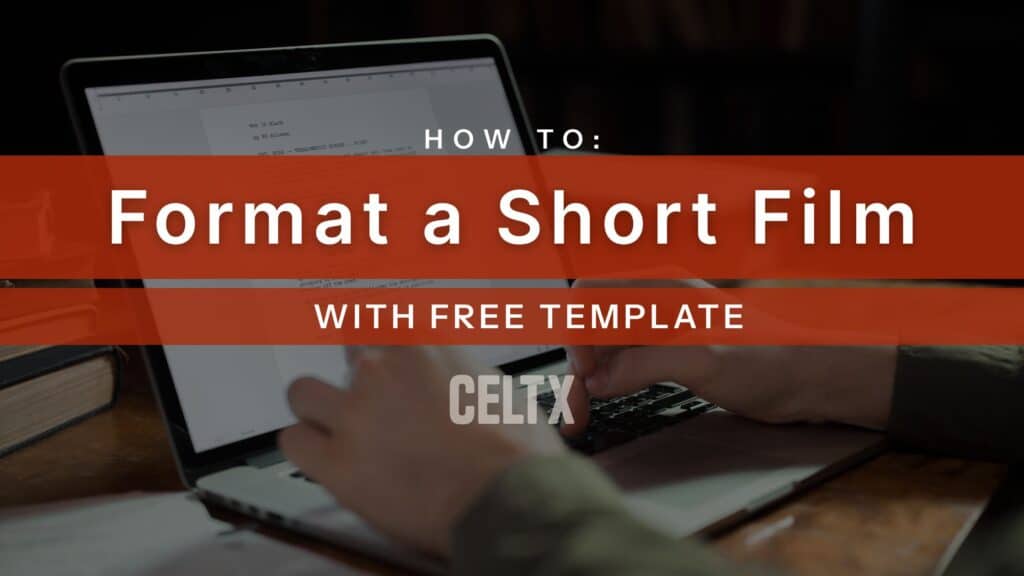
If you’re making a short film, you probably already know that great ideas can be ruined by poor execution. But here’s something many first-time filmmakers overlook: your script’s formatting matters just as much as the story itself, especially if you plan to submit to festivals, apply for grants, or pitch to collaborators.
Think of your script like a blueprint. If you were an architect, you wouldn’t hand builders a sketch on a napkin, would you? Likewise, a director, DP, or actor, needs a clear professional document that communicates your vision without confusion.
But how do you make sure your script clearly presents your vision? The secret sauce is in the formatting! And that’s what today’s blog is all about. We’ll break down how to format your next short film script, clear up the differences between short and feature scripts, as well as walk you through the essential elements you’ll need.
We’ll even throw in a free ready-to-use template so you can truly hit the ground running.
So, let’s go!

Table of Contents
- What is Short Film Script Format?
- Why Formatting Matters
- Standard Elements of a Short Film Script
- Is There a Difference Between Short Film and Feature Film Format?
- Download Your FREE Celtx Short Film Template
- How to Use Your Template
- FAQ
- Conclusion
What is Short Film Script Format?
“I made a lot of short films before making a feature film. Actually, I learnt filmmaking by making short films.” – Kathik Subbaraj
A short film script format is a standardized way of presenting your screenplay so it’s easy to read, easy to follow, and industry appropriate.
The core goal here is consistency. It’s not just about creativity on the page but about making the reader’s job effortless.
In Hollywood and independent filmmaking alike, scripts generally follow US screenplay formatting conventions decided by decades of professional practice. That means:
- A Courier typeface (12-point) for readability and page-count consistency.
- Specific margins (1.5” left, 1” right, 1” top/bottom) so crew can annotate and bind the script.
- Scene headings, action descriptions, and dialogue placed in predictable positions so readers can process quickly.
For short films (under 40 minutes according to the Academy of Motion Picture Arts and Sciences), the format is almost identical to that of features, but the way you use it may differ. But more on that shortly.
Why Formatting Matters
If you’re just making a film with friends, it can be really tempting to say, “Eh, format doesn’t matter.” But here’s why it does, especially when you’re entering festivals.
1. Professional Impression
Festivals, producers, and grants panels read hundreds, sometimes thousands, of scripts. A correctly formatted script signals you know your craft.
However, poor formatting can scream ‘amateur’, no matter how good your story is.
2. Readability and Timing
In standard formatting, one page roughly equals one minute of screen time. For a short film, this is crucial as festivals usually have strict runtime categories. Which means that keeping your page count accurate helps you keep within limits.

3. Crew Efficiency
When your DP, sound mixer, or editor reads the script, they rely on clear visual cues such as scene headings and action lines to plan shots and logistics. Messy formatting can cost time and money on set.
4. Judging Fairness
Some festivals will actually reject scripts outright if they don’t follow standard formatting. And even if they don’t reject them, inconsistent formatting can put you at a disadvantage against polished submissions.
Even if you’re not submitting to festivals, if you’re planning to continue to make short films and even stem into pilots or features, it’s good to get into the habit of formatting your scripts properly.
Get your ideas on the page faster.
Sign up for Celtx today.
Standard Elements of a Short Film Script
“There’s nothing more important in making movies than the screenplay.” – Richard Attenborough
It doesn’t matter if you’re writing a two-page micro-short or a thirty-page drama, a short film script typically includes the following elements:
Scene Headings (Slug Lines)
Scene headings tell the reader where and when the scene takes place. They’re written in ALL CAPS and follow this structure:

INT. OR EXT. = Interior or Exterior
LOCATION = The specific place
TIME OF DAY = Usually DAY or NIGHT
Action Lines
Action lines describe what’s happening visually and audibly. They are written in present tense, concise, and without unnecessary prose.

Character Names
Whenever a character speaks, their name appears in ALL CAPS, centered above their dialogue.

Dialogue
Dialogue is indented beneath the character name, with no quotation marks.

Parentheticals
These can be used to give brief acting instructions. However, don’t get too carried away and use them sparingly.

Transitions
These are completely optional and show transitions between scenes. Transitions like CUT TO: or FADE OUT are rarely needed in modern scripts unless for emphasis or clarity.
If you are going to use them, they are traditionally placed on the right-hand side of the page.
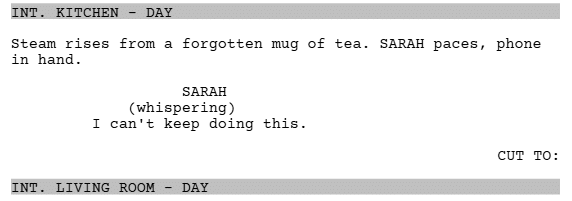
Is There a Difference Between Short Film and Feature Film Format?
“If you put someone in a room with no script to direct, they’re just going to sit there. Writing scripts is the execution for a show. Then the director takes that and hires people. It’s like trying to build a house without any bricks. You need a great script.” – John Patrick Shanley
The short answer? Technically, no there isn’t a difference between short film and feature film format. Both follow the same formatting conventions.

The longer answer? The way you structure your story, and the pacing might affect how you use the format. Let us explain:
Length
Short films often run 1-30 pages. You have less room for subplots, so every scene heading and action line must earn its place.
Scene Economy
Short scripts usually jump into action faster. Opening with FADE IN and two pages of setup isn’t a luxury you can afford like you would when writing as feature.
Descriptions
In shorts, concise descriptions are even more critical. A single action line might need to establish the entire emotional tone of the film.
Dialogue
Features can have extended conversations while shorts work best with lean, purposeful exchanges of dialogue.
In conclusion, short films have the same format as features just with tighter storytelling.
Your short film starts here.
Begin writing with Celtx Screenwriting Software today (it’s free!)
Download Your FREE Celtx Short Film Template
We get it, you don’t want to set up the correct margins, indents, and spacing manually! Well, that’s where Celtx comes in! Our screenwriting tool automatically applies industry-standard formatting so you can focus on writing.
Here’s a template on how a short film should be formatted.
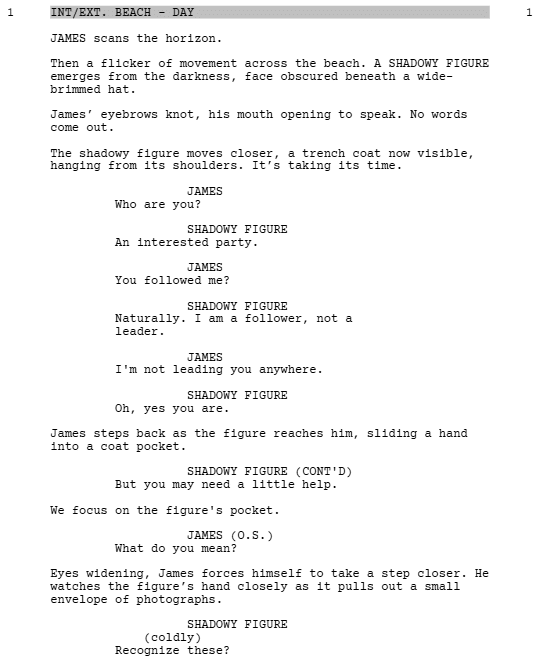
Here’s how to use our free template:
1. Download and Open in Celtx
Create a free Celtx account and upload the PDF to your dashboard.
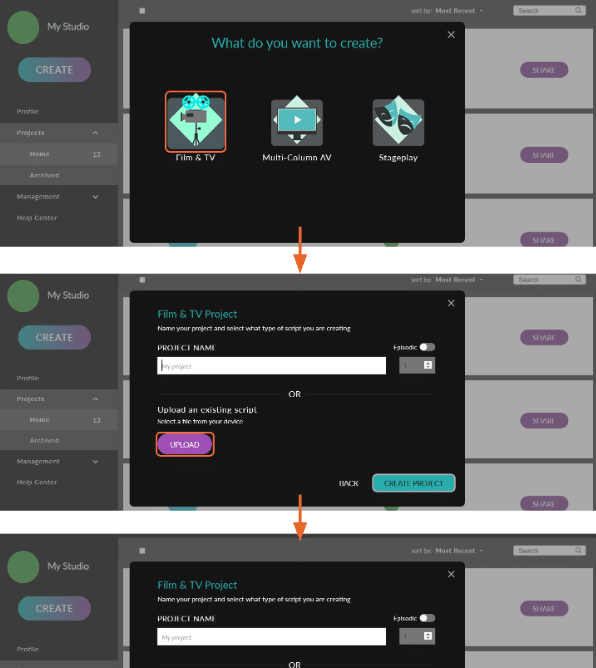
2. Scene Headings
Replace the scene headings with your own. If you type INT. or EXT. Celtx will automatically know you’re writing a scene heading and will format as such.
3. Action
Once you’ve written your scene heading, press ENTER. Celtx knows you’re in action mode, allowing you to write without interrupting your flow.
4. Dialogue
Press Tab or select CHARACTER to start dialogue formatting.
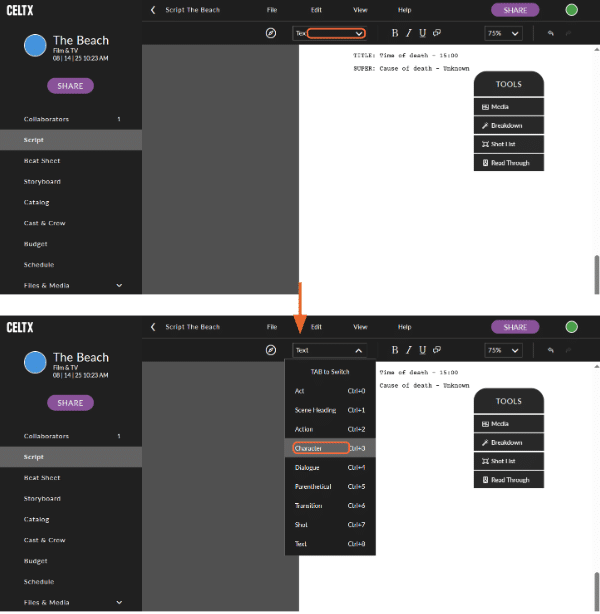
5. Notes and Revisions
Use the comment tool for production notes without cluttering the main text.
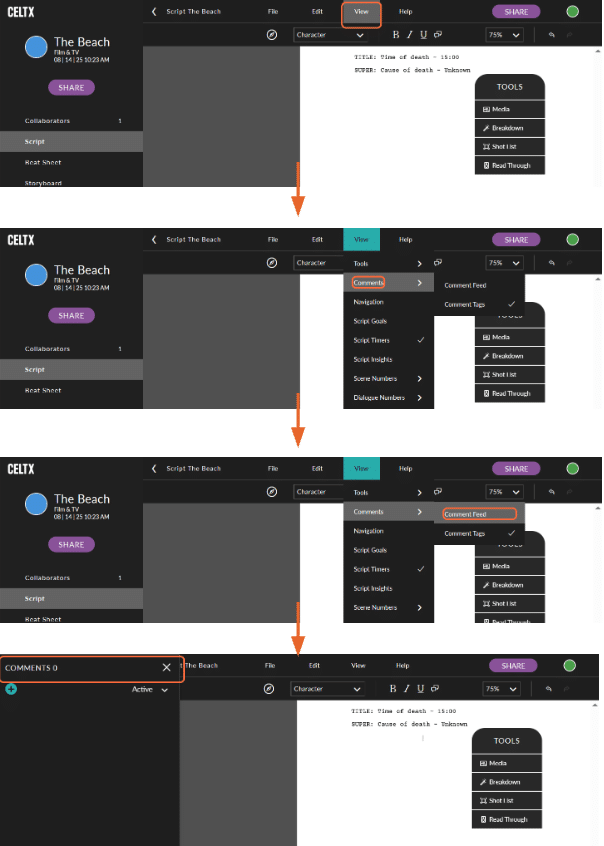
How to Use Your Template
Our free short film script template comes pre-formatted with:
- Courier 12-point font
- 1.5” left margin, 1” right margin
- Proper action and dialogue indentation
- Scene heading prompts
Step-by-step usage
- Download the PDF template file
- Open in your preferred software (we recommend Celtx!)
- Replace the placeholder text with your own scenes
- Export your script as a PDF for submissions
CELTX TOP TIP: Keep an untouched copy of the template so you can start fresh for future projects.
“Scripts are what matter. If you get the foundations right and then you get the right ingredients on top, you stand a shot… but if you get those foundations wrong, then you absolutely don’t stand a shot. It’s very rare–almost never–that a good film gets made from a bad screenplay.” – Tim Bevan
Find more formatting guides and tips on the official Oscars website.
FAQ
Can I write a short film script in Word or Google Docs?
You can but it’s tedious. You’ll need to set custom margins, tabs, and styles manually. A dedicated screenwriting tool like Celtx or WriterDuet will save time and prevent mistakes.
Do I have to follow format if I’m just making a film with friends?
You can skip it, but clear formatting helps your crew, keeps you organized, and prepares you for future professional work.
How short can a short film be?
Some festivals accept films as short as one minute. Most fall in the 5 to 15-minute range, which is about 5-15 script pages.
Can I break the rules?
Absolutely. Once you’ve mastered them. Formatting rules are like cinematic grammar: learn them before you start improvising.
What if I can’t think of any short film ideas?
We can help you with that! Check out our 14 Ways to Get the Juices Flowing for your next short film idea.

Conclusion
Formatting isn’t glamorous, but it’s one of the most important parts of writing a short film script. It ensures your story is taken seriously, read quickly, and understood by everyone on your team. With the right tools (like our free Celtx template), you can skip the busywork and focus on what really matters: telling a great story.
Download the Free Short Film Script Template now and start writing your film today. Your story deserves to be seen, and it starts with a professional script.
Turn your short film into a production-ready script with Celtx
Start writing for free.
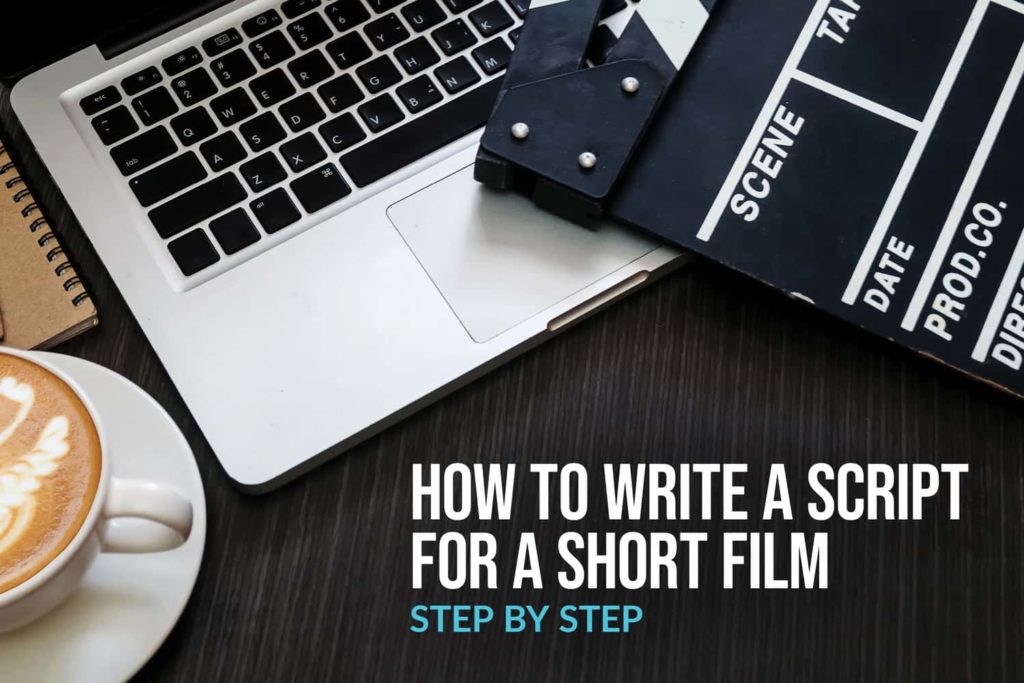
How to Write a Short Film (Top 9 Tips From a Script Writer)
Now that you have the formatting down, learn the elements that go into a short film screenplay, including breakdown, examples, and advice!
